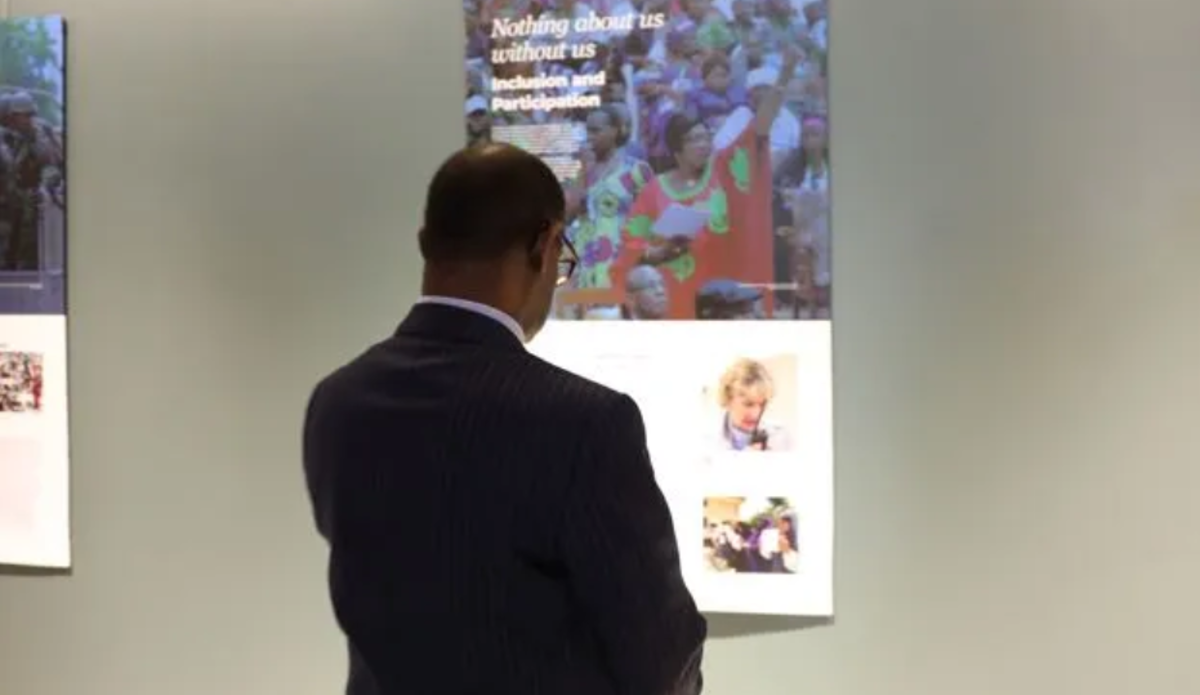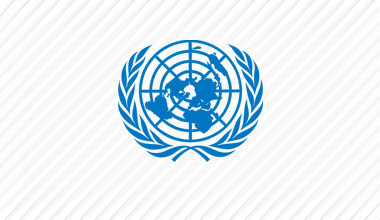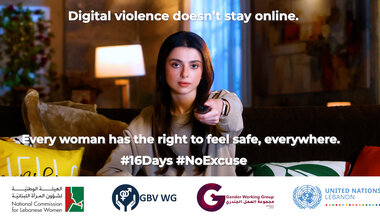“Diplomacy for Peace”: Online Exhibit Highlights 75 years of Special Political Missions
Last year, the United Nations marked the 75th anniversary of what is considered the first special political mission, which was established in 1948 to mediate the conflict in Palestine. To commemorate the occasion, the Department of Political and Peacebuilding Affairs has launched a new exhibit that sheds light on the history, and possible future, of special political missions, as well as preventive diplomacy and mediation more broadly.
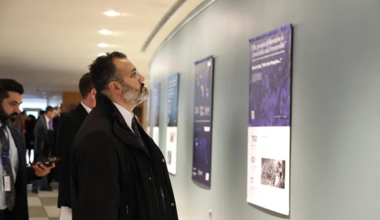
The United Nations Charter famously sets out the overarching mission of the global organization: “to save succeeding generations from the scourge of war.” Since its inception, the UN’s political envoys have brought parties to conflicts together to prevent or resolve violent conflicts. The Department of Political and Peacebuilding Affairs (DPPA) continues this work today and carries out in multiple ways, including through its “special political missions”, or SPMs. To illustrate its preventive diplomacy, mediation and peacebuilding work, DPPA has just unveiled a new exhibit — “Diplomacy for Peace” highlighting the UN’s political work, especially as carried out by the SPMs, civilian missions deployed under Chapter VI of the Charter.
Opening the exhibit on 31 January, the UN’s Chef de Cabinet, Courtenay Rattray, underscored the critical role of SPMs in supporting complex political transitions peace processes. “Their defining feature is their flexibility,” he said, noting that they are “tailored to the context in which they are deployed.” However, he stressed, “SPMs do not operate in a vacuum. Their success tends to depend on the global, regional and national context, and/or engagement with partners.”
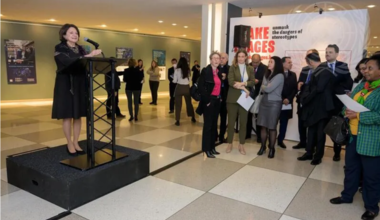
Under-Secretary-General for Political and Peacebuilding Affairs and head of DPPA Rosemary DiCarlo stressed the importance of the work of SPMs in monitoring existing and potential peace and security threats. She also underlined that while some missions regularly make headlines , others work behind the scenes, quietly defusing tensions and bringing people together:
“We ask a lot of what are, essentially, relatively modest presences. We want to show what they have achieved and how much more they can do. This requires continued support — political and financial — from Member States. With that support, I am certain that SPMs will continue to be at the forefront of diplomacy for peace.”
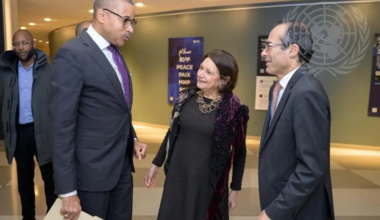
An expanded version of the exhibit is available online.
 UN
UN
